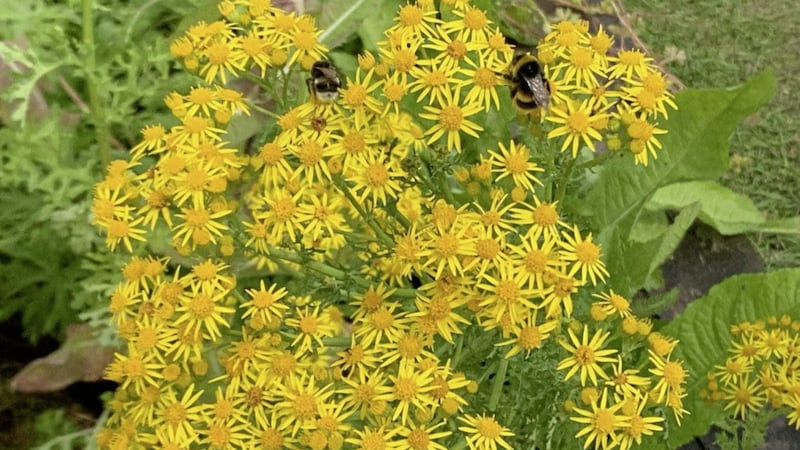LIKE most artistic endeavours, gardening has always been subject to fashions and trends, some cosmetic, others more meaningful. For 50 years or more, environmentalism has influenced how gardeners think, moving from what was initially a peripheral fad to mainstream thinking.
In recent years, as the environmental crisis has intensified, the transformation has noticeably accelerated with biodiversity and sustainability now taking precedence over exclusivity and exoticism.
The notion of what a garden is has undergone a corresponding change. It is no longer solely our space but one we share with nature, an approach that influences the plants and materials used and the manner in which we maintain our gardens.
For example, the use of peat as a growing medium is being phased out, while the traditional lawn is no longer de rigueur. This in turn alters the collective aesthetic and the idea of what an attractive garden looks like. Out goes formalism and hard edges, replaced by softer textures coupled with a greater sense of abandon.
There are perhaps fewer illustrations of how far things have come than the recent awarding of an RHS gold medal to Weed Thriller, a show garden packed with what are commonly deemed 'weeds'.
Utilising those summer flowering plants that thrive on verges and in 'neglected' areas – willowherb, thistles and ragwort – the Tatton Park Flower Show garden typifies the philosophy that a weed is just a plant in the wrong place.
Sunart Fields, the team from the Derbyshire-based nature-led upland farm behind the Weed Thriller garden, were seeking to highlight the valuable role wild plants play in providing nectar for pollinators and supporting biodiversity generally.
"So what we are saying is really to embrace all of these wild plants, especially controversial species like the ragwort, which are one of the most important sources of nectar for a wide variety of insects," said Rachel Evatt from Sunart Fields.
"We are just trying to rebrand the weed as just wild plants that we can embrace and enjoy as much as we can other flowers."
The Weed Thriller garden concept echoes elements of my own gardening philosophy, though I've yet to be as bold as to knowingly propagate willowherb, thistles or ragwort. However, there are a range of plants that will move seamlessly from the wild into a garden setting, making our native fauna feel much more at home.
Arguably, my most controversial addition is the rush (Juncus effusus), the same native plant from which St Brigid's crosses are fashioned. Not especially good for pollinators, as it doesn't have flowers per se, the appeal of the rush for me, believe it or not, is entirely aesthetic – though I'll concede that it is perhaps an acquired taste.
A much more conventional choice is common valerian (Valeriana officinalis), a robust plant with umbellifer-like pale pink flowers that prospers near ponds and rivers where its roots can rest in damp soil. Tall (up to 2m) and elegant, it is a worthy addition regardless of whether you're specifically seeking out natives or not.
Similarly partial to damp soil are the unrelated yellow loosestrife (Lysimachia vulgaris) and purple loosestrife (Lythrum salicaria), the former already quite common in many Irish gardens thanks to its bright flowers and unfussy nature.
Also worth checking out are honeysuckle, the numerous Irish ferns, biennials such as the fox glove, evening primrose and teasel and, for those with a pond, any of the three native water lilies.









